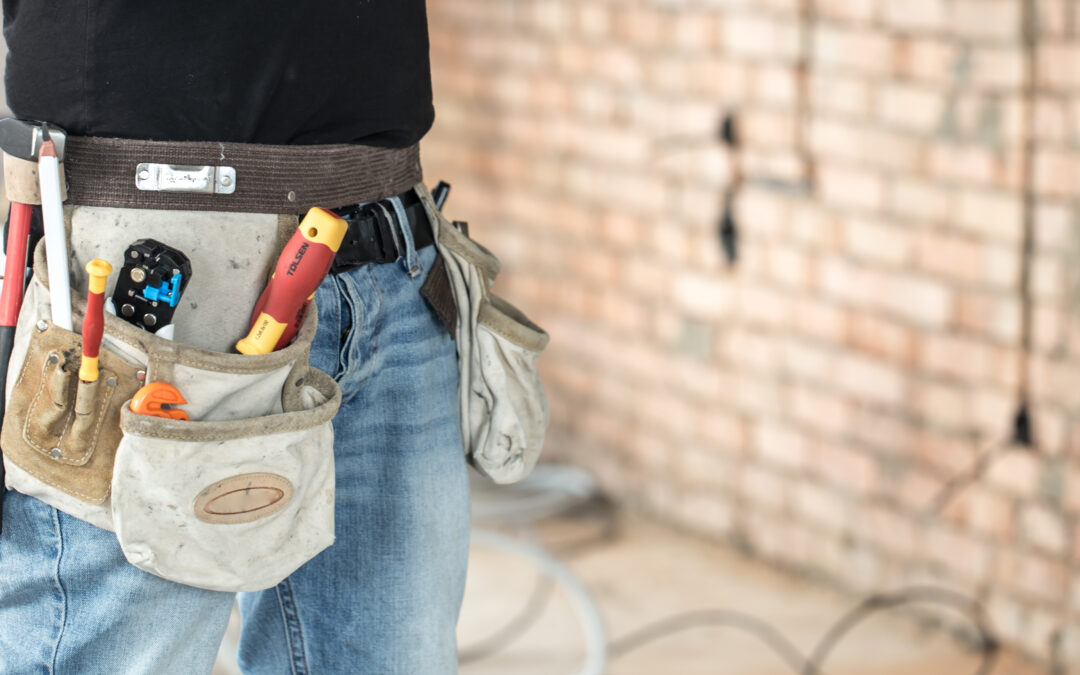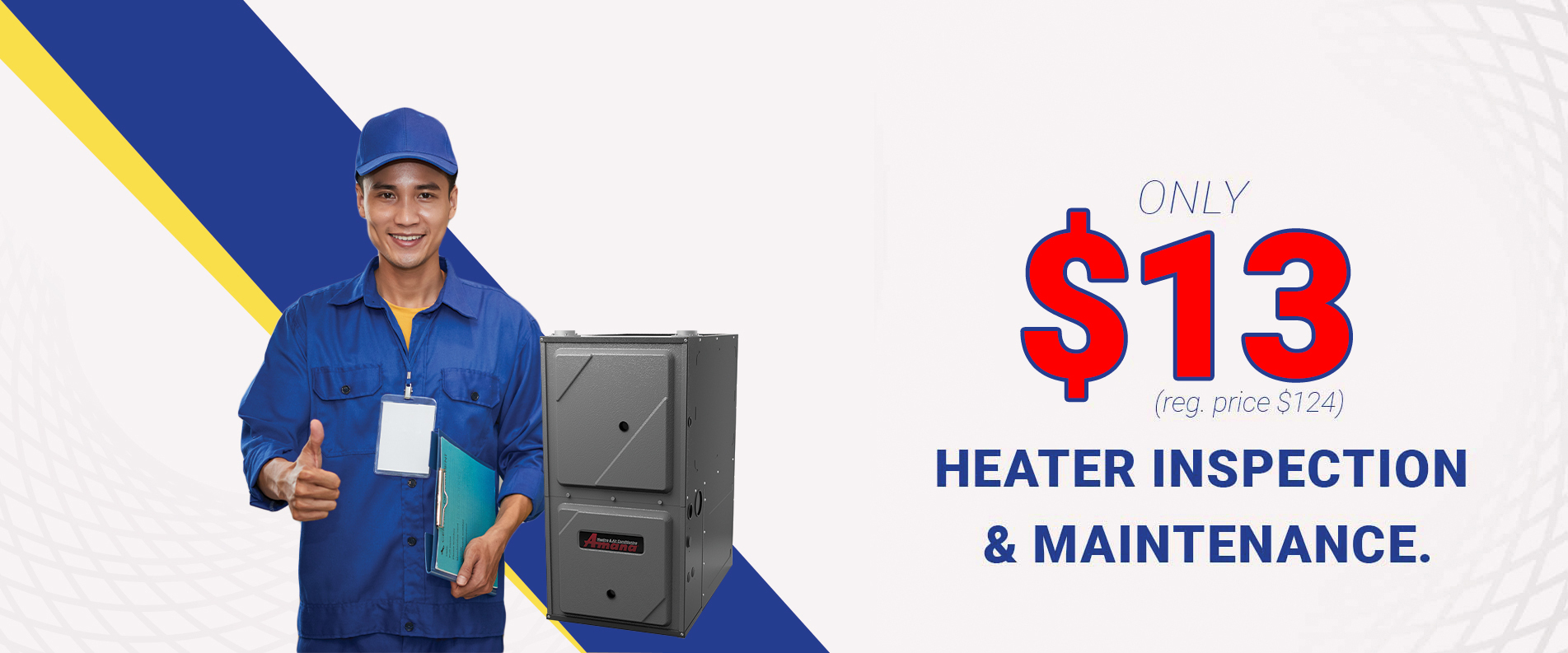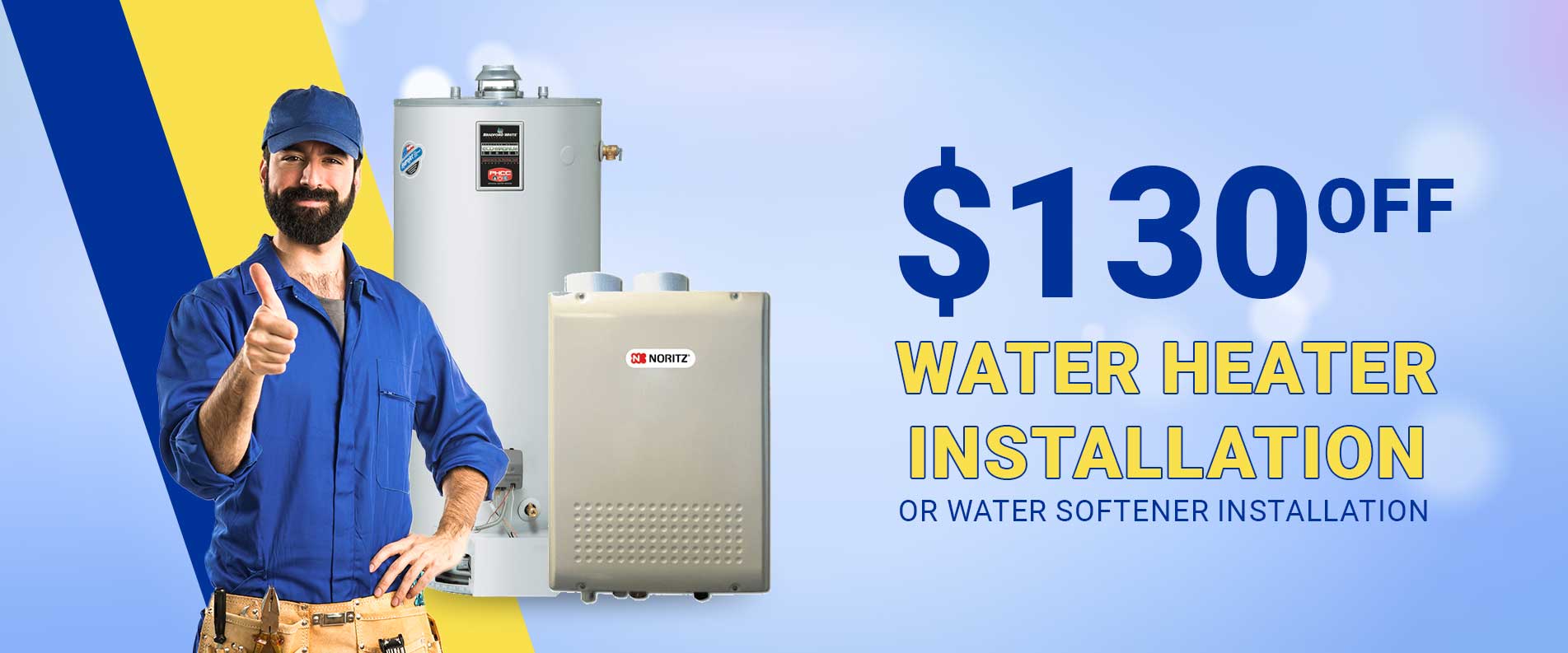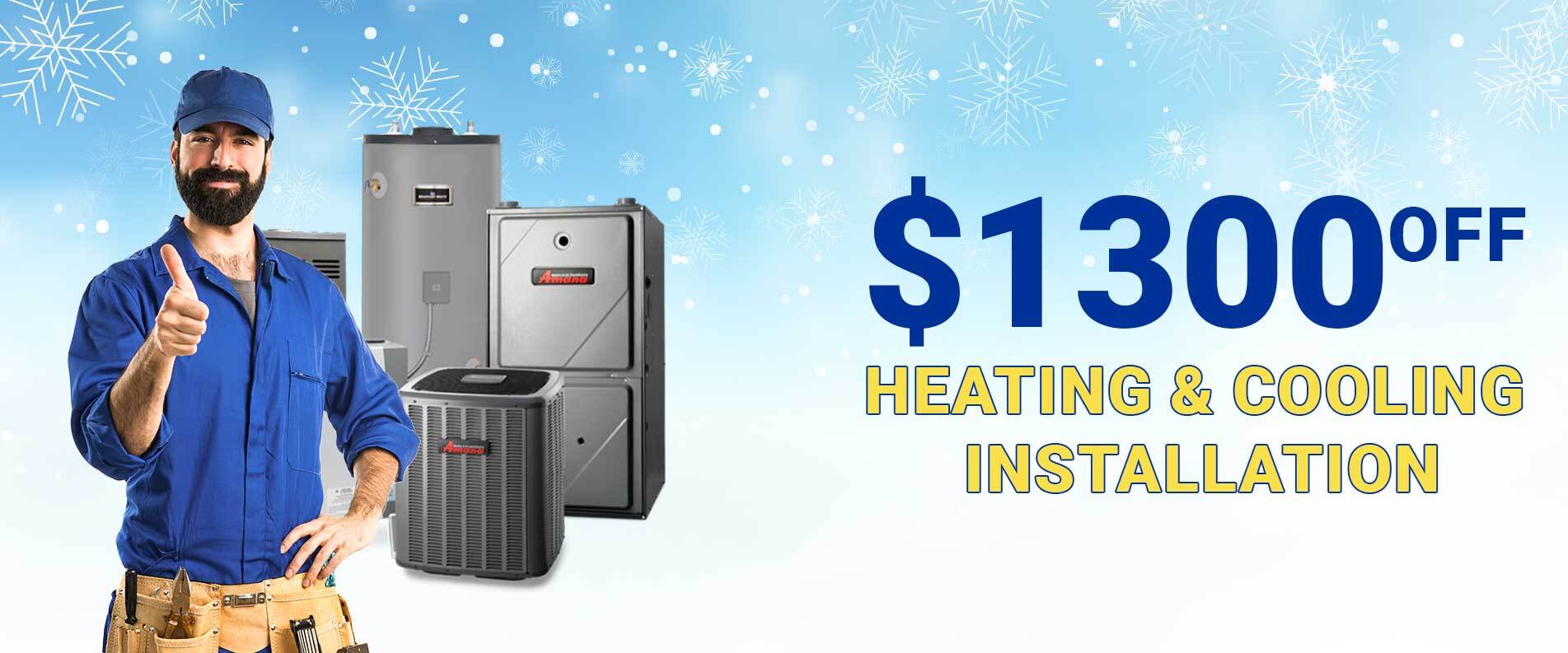Maintaining and repairing outdoor plumbing and HVAC (Heating, Ventilation, and Air Conditioning) systems is a key aspect of hassle-free home ownership. Understanding how to effectively manage these systems can save you time, and money, and ensure your home remains a comfortable haven throughout the year. Let’s explore essential tips and best practices for keeping your outdoor plumbing repair and HVAC systems in top shape.
1. Understanding Outdoor Plumbing Basics
Outdoor plumbing involves more than just garden hoses and sprinklers. It includes main water lines, outdoor faucets, irrigation systems, and if applicable, pool plumbing. Knowledge of these elements helps in identifying and addressing issues before they escalate. Regular inspections can reveal leaks, cracks, or blockages, preventing serious damage.
2. Dealing with Common Outdoor Plumbing Problems
Common outdoor plumbing issues include leaky faucets, clogged drains, or malfunctioning irrigation systems. Many of these can be fixed with basic tools and a bit of know-how. For example, a leaky faucet often requires just a washer replacement, while a clogged drain might need a plumber’s snake to clear it.
3. Winterizing Outdoor Plumbing
In colder regions, winterizing your outdoor plumbing is essential to prevent pipes from freezing and bursting. This includes draining water from pipes, shutting off the water supply to outdoor faucets, and insulating exposed pipes. It’s a crucial step in safeguarding your plumbing against harsh winter conditions.
4. HVAC System Essentials
An efficient HVAC system is vital for year-round comfort. It comprises several components including the furnace, air conditioning unit, ductwork, and thermostats. Understanding each component’s role and maintenance needs can help in the early detection of issues.
5. Regular HVAC Maintenance Tips
Routine maintenance is key to an efficient HVAC system. This involves cleaning or replacing air filters every few months, ensuring vents are not blocked, and listening for unusual noises. These simple tasks can improve efficiency and prevent larger, more costly problems down the line.
6. Optimizing HVAC Systems for Seasons
Each season brings different demands for your HVAC system. In summer, the focus is on air conditioning, while winter requires efficient heating. Seasonal maintenance, such as checking coolant levels in summer and inspecting the heating system in fall, ensures optimal performance throughout the year.
7. Enhancing HVAC Energy Efficiency
Improving your HVAC system’s energy efficiency can lead to significant cost savings. Utilizing a programmable thermostat, ensuring your home is well insulated, and maintaining a moderate indoor temperature can drastically reduce energy consumption.
8. Signs You Need an HVAC Upgrade
Signs that your HVAC system may need an upgrade include frequent repairs, inconsistent temperatures, or high energy bills. Modern, energy-efficient models not only reduce costs but also provide better temperature control and are often more environmentally friendly.
9. DIY Vs. Professional Repairs
While many outdoor plumbing and HVAC maintenance tasks are manageable DIY projects, complex issues require professional expertise. Understanding the extent of your skills and when to call in professionals can prevent further damage and ensure the job is done safely and effectively.
10. Future Trends in Plumbing and HVAC
The plumbing and HVAC industry continues to evolve with advancements in technology. Smart thermostats, AI-based diagnostics, and eco-friendly systems are becoming increasingly popular, offering improved efficiency, convenience, and sustainability.
11. Seasonal Maintenance Schedules
Creating a seasonal maintenance schedule can prevent unexpected failures. For instance, spring and fall are ideal times for thorough inspections and maintenance of your HVAC system, while outdoor plumbing should be checked before summer and winter.
12. Emergency Preparedness for Plumbing and HVAC
Having an emergency plan for sudden plumbing or HVAC issues is crucial. This includes knowing how to shut off your main water supply and having the contact details of a reliable repair service. Quick action in emergencies can mitigate damage and restore functionality promptly.
13. Water Conservation in Outdoor Plumbing
Incorporating water conservation practices in your outdoor plumbing can lead to significant savings and environmental benefits. Using drip irrigation, fixing leaks promptly, and installing water-efficient fixtures are some ways to achieve this.
14. Indoor Vs. Outdoor HVAC and Plumbing Maintenance
Understand the differences between indoor and outdoor maintenance tasks. Outdoor plumbing and HVAC components face different challenges, such as weather conditions and environmental wear, requiring specific maintenance approaches.
15. Budgeting for Repairs and Upgrades
Planning and budgeting for regular maintenance, repairs, or potential upgrades is an integral part of managing your home’s plumbing and HVAC systems. Setting aside funds for these purposes ensures you’re prepared for routine upkeep and unexpected issues.
Conclusion
Efficient maintenance and timely repairs of your outdoor plumbing and HVAC systems play a pivotal role in ensuring a comfortable and trouble-free living environment. By understanding the basics, adhering to a maintenance schedule, embracing energy efficiency, and recognizing when professional help is needed, you can significantly enhance the longevity and performance of these systems. Remember, proactive maintenance is key to avoiding costly breakdowns and contributing to a sustainable, efficient home. Embrace these guidelines to enjoy the peace of mind and comfort of a well-maintained home.





